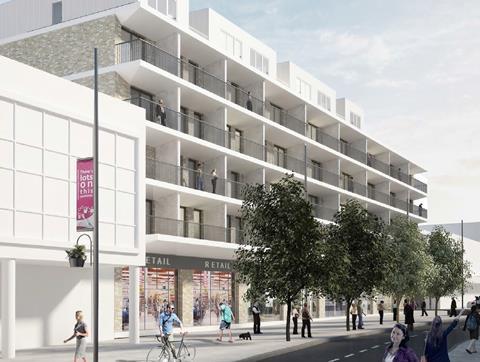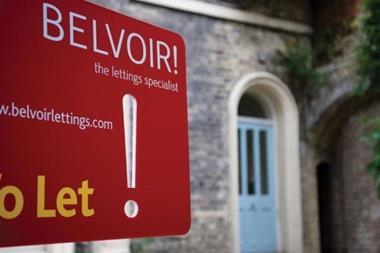Over the past three years, the build-to-rent market has grown considerably, with the key driver for investors being the return on net income.

The valuation of BTR is a vital component to further investment, but as a relatively immature sector in the UK, identifying the right approach and market evidence can be a challenge. The recently issued RICS guidance note, Valuing Residential Property Purpose-Built for Renting, provides the valuation profession with the right tools.
The principal approach the document sets out is by reference to net income capitalisation, with benchmarking against an ungeared IRR and, where relevant, against a value based on the individual dwellings sold on a unit-by-unit basis (break-up value).
The guidance recognises that many BTR properties will be new and often have different attributes to equivalent accommodation. It therefore guides the valuer to consider the usual fundamentals, reflect additional features and think about other sources of potential ancillary income that might be reflected in bids by prospective buyers.
Valuers must think laterally if there are no direct comparables and the valuer must know how BTR properties in other locations are performing relative to embedded markets.

Experience has shown that BTR schemes can achieve better rents than local averages, but the valuer should always be comparing ‘like with like’. Other considerations include length of tenancy, supply pipeline and restrictions on rents in the case of affordable private rent dwellings, or indexed rents in the case of agreements for more than 12 months.
It is anticipated that as the sector matures, valuers will have access to historic operating costs from the subject property that can be benchmarked against data from similar buildings. For now, the valuer must analyse the information provided and make an informed assessment of the appropriate costs against market evidence. This means considering the costs that buyers have underwritten for forward-purchaser and forward-funding transactions.
Many investors in this market are more familiar with commercial real estate and assess overall returns on the same basis. The RICS GN approach to valuation mirrors the methodology established among valuers when dealing with shops, offices and warehouses. They are guided to analyse comparables taking into account purchasers’ costs and examining initial, equivalent and reversionary yields. Residential investment property has frequently been assessed in terms of gross yield, so this new approach may constitute a change. Investors are assessing returns based on net income and valuers must do the same.





























![Hilti[82]](https://d2bq2usf2vwncx.cloudfront.net/Pictures/380x253/9/0/6/1884906_hilti82_601642.jpg)
No comments yet